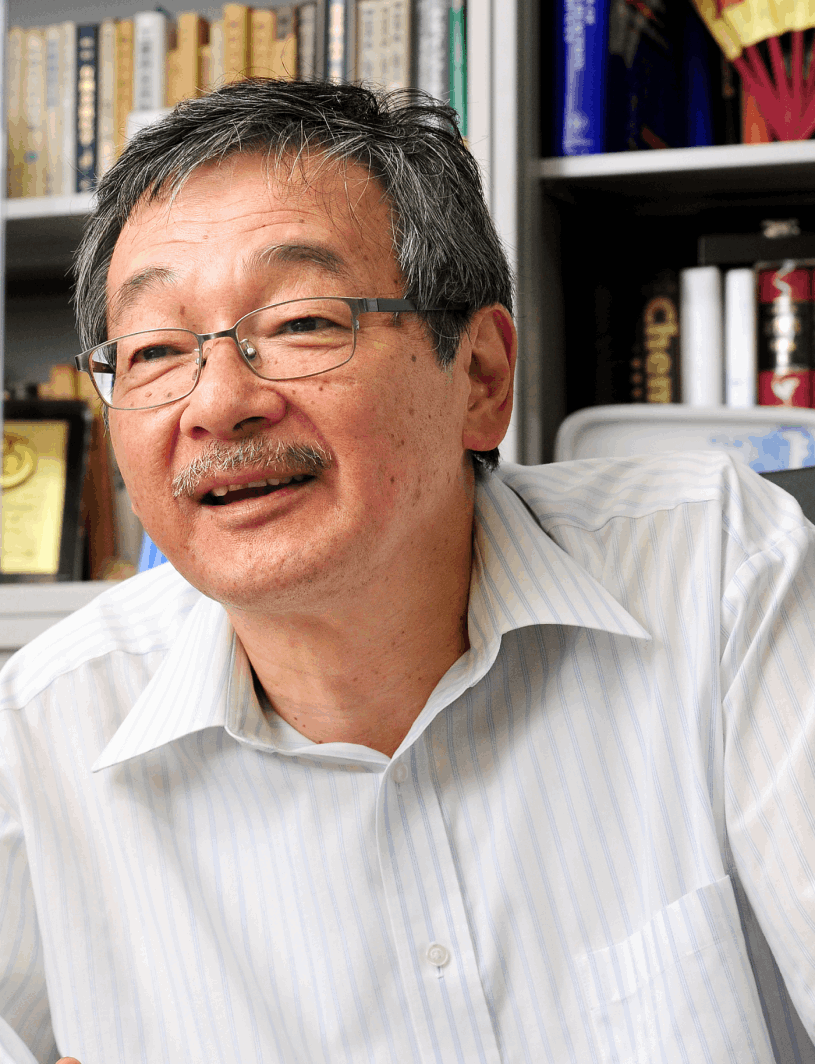Keynote Speaker
Biography
Kazunari Domen received B.S. (1976), M.S. (1979), and Ph.D. (1982) honors in chemistry from the University of Tokyo. Dr. Domen joined Chemical Resources Laboratory, Tokyo Institute of Technology in 1982 as Assistant Professor and was subsequently promoted to Associate Professor in 1990 and Professor in 1996. Moving to the University of Tokyo as Professor in 2004, and Cross appointment with Shinshu University as Special Contract Professor in 2017. University Professor of the University of Tokyo in 2019.
Domen has been working on overall water splitting reaction on heterogeneous photocatalysts to generate clean and recyclable hydrogen. In 1980, he reported NiO-SrTiO3 photocatalyst for overall water splitting reaction, which was one of the earliest examples achieving stoichiometric H2 and O2 evolution on a particulate system. In 2005, he has succeeded in overall water splitting under visible light (400 nm<λ<500nm) on GaN:ZnO solid solution photocatalyst.
< Home
A Large Scale Solar Hydrogen Production by Photocatalytic Water Splitting
Kazunari DOMEN
Abstract
Sunlight-driven water splitting using particulate photocatalysts has been attracting growing interest because such systems can be spread over large areas by potentially inexpensive processes [1]. In fact, a solar hydrogen production system based on 100-m2 arrayed photocatalytic water splitting panels and an oxyhydrogen gas-separation module was built, and its performance and system characteristics including safety issues were reported recently [2]. Nevertheless, it is essential to radically improve the solar-to-hydrogen energy conversion efficiency (STH) of particulate photocatalysts and develop suitable reaction systems. In my talk, recent progress in photocatalytic materials and reaction systems will be presented.
References
[1] Hisatomi et al., Nat. Catal. 2, 387 (2019).
[2] Nishiyama et al., Nature 598, 304 (2021).
[3] Takata et al., Nature 581, 411 (2020).
[4] Wang et al., Nat. Catal. 1, 756 (2018).
[5] Wang et al., Nat. Mater. 18, 827 (2019).
[6] Xiao et al., Angew. Chem. Int. Ed. 134, e202116573 (2022).
[7] Li et al., ACS Catal. 12, 10179 (2022).
[8] Wang et al., Nat. Mater. 15, 611 (2016).
[9] Wang et al., J. Am. Chem. Soc. 139, 1675 (2017).
[10] Hisatomi et al., Catal. Sci. Technol. 8, 3918 (2018).

